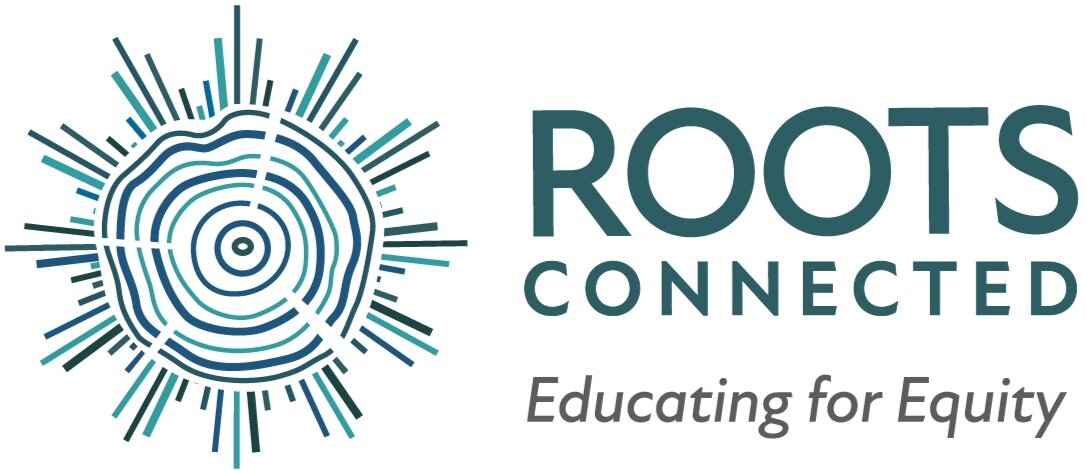Three Ways To Make Your Classroom More Accessible
Creating an accessible classroom involves ensuring all students receive recognition and understanding. Accessibility remains essential for learners of all ages including children and teenagers as well as adults to participate effectively and achieve success. These three strategies help you to create an accessible classroom environment for every student.
1. Provide Student Choice - When Possible
It is important to offer choices that are meaningful to students as this enables them, enhances their participation and makes them feel in charge of their learning process. Here are some ideas of how you can incorporate choice into your learning space:
Paper Choice: Assist students to select the kind of paper or writing format that they would like to use. Some of the options could be lined, blank, half/half, or digital. This little flexibility fits different preferences and helps students to feel comfortable in written work.
Independent vs. Partnered vs. With an Adult: Help students select whether they would like to work on their task by themselves, in pairs, or with the help of an adult. This flexibility enables students to work in a way that is comfortable to them and which they require the most at the moment. To support this, co-create clear and consistent guidelines with students for each option. For example, collaboratively establish expectations for working with a partner—such as sharing responsibilities, active listening, and resolving disagreements. When creating guidelines for independent work, involve students in identifying strategies for staying focused and knowing when to ask for help. By co-creating these norms, students take ownership of the process and are more likely to make thoughtful choices that support their learning. They are also more equipped to properly reflect on their learning choices and if they were able to meet shared norms.
Topic of Interest: If it is possible, allow students to pick what they wish to learn within the particular subject area. For example, in a history class, the students could decide to focus on a historical personality, investigate a particular event, or write a story that could have happened during that era. In math class, they could be making applications to real-life situations that interest them, like sports statistics, or even coming up with a budget for a dream project. Students learn better when the material is linked to their interests.
Verbal vs. Written Expression: Allow students to present their knowledge in different ways. There are some students who would benefit from putting their ideas down on paper while others would be more comfortable with discussing them out loud. Some of the options could be writing essays, audio recordings, presentations, or video submissions. This flexibility removes unnecessary barriers, e.g., a student can be passionate about science and can explain clearly and concisely concepts talked about in class in a conversation but may have barriers to generating an essay. If the only option they are given is to submit a written report, then they will not be able to demonstrate all they have learned. By allowing them to present their findings in different forms, they are able to convey what they have learned without being limited. When students can choose how they learn, they tend to feel more appreciated, interested, and empowered.
2. Design and Plan for Flexible Seating Arrangements
Not all learners can comfortably work in a classroom where all students are seated in the same way. Flexible seating design is a way of making the learning environment more pleasant and easily accessible to everyone by catering to different needs, styles, and comfort.
Some students like to work while sitting on a desk, others may want to stand, sit on a cushion, or even work in a different area of the classroom. Letting students choose for themselves what is most effective for their learning helps them to focus.
Examples of Flexible Seating:
Some students can stand if they need to be more active, such as with a standing desk.
Some have bean bags or cushions to sit on if they want a more relaxed atmosphere.
Small group tables for working in pairs or teams.
Individual desks or small groups of students in quiet areas for independent work.
Wobble stools or floor seating for those students who can benefit from low-level movement.
Flexible seating helps students to be independent, interested, and included. If budget is a concern you can check within your community for gently used donations, or utilize things around your home that you no longer need. Bringing in community support can help build a flexible learning space with minimal budget.
3. Provide Space for Reflection and Feedback
Accessibility is also the possibility for students to think about their learning and give feedback on it. A reflective and responsive classroom is useful for the teachers to be able to modify the lessons to the student’s needs often.
Reflection Activities ideas:
Ask learners to write down or give them an exit ticket to see what supported them as learners and what if anything felt hard in class.
Use group discussions to express their views on what is helping their learning and what is not as well as gain ideas on new accommodations to try.
Provide ways for learners to give feedback anonymously so that they can express themselves freely.
Student / Teacher conferences.
To ensure that the students know that their opinion is valued we have to act on their feedback. Do not hesitate to explain the reasons behind certain approaches and how they can be modified.
When students are listened to, they are more likely to participate in the learning process.
To find out more about how to make your classroom more accessible for all learners, connect with us here!



